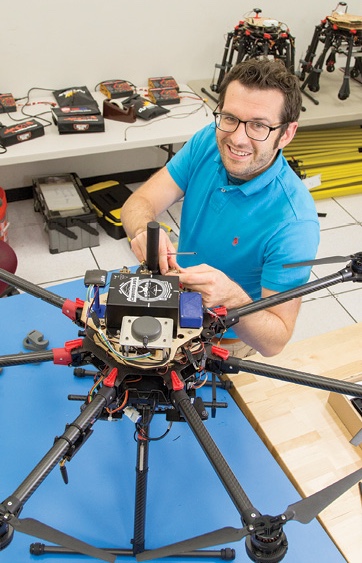
Please tell us about yourself
Hello, my name is Evan Dill, and I’m a research engineer in the safety critical avionics systems branch at NASA Langley Research Center.
What does this invention do?
LOCD-IN, which stands for Location Corrections through Differential Networks, increases the position accuracy of cheap, networked GPS receivers (e.g., cell phones, tablet computers, smart watches, etc.) without adding any extra size, weight, power or cost to the device itself.
What problem does this technology solve?
In recent years, the development and use of internet enabled mobile devices with built in GPS receivers (e.g., cell phones, tablet computers, smart watches, etc.) have seen substantial increases. The quantity and variety of applications using the GPS capabilities of these devices have also increased.
However, one limiting factor for many applications is that these devices typically have limited precision capabilities due to their focus on minimizing Size, Weight, Power and Cost (SWaP-C) for their GPS hardware.
LOCD-IN offers a means of increasing position accuracy of these devices without requiring hardware modifications.
Who else might benefit from this technology? What other applications do you envision?
Any compatible internet connected GPS receiver based technology really could benefit from increased position accuracy. Some that come to mind are E911, surveying, gaming, sat nav, and of course, UAS operations.
Do you have any future plans to continue development of this technology?
We are currently in the process of deploying an active, real-time version of LOCD-IN on NASA Langley’s Campus.
Is there anything else you want us to know about your innovation?
As the technology within low cost GPS receivers continues to mature, more devices will be able to utilize this technology and take advantage of its corrections.
Whom should I contact if I want to know more about this technology?
Please reach out to Sandra Pretlow or Kimberly Graupner.
Learn more about this technology here.



